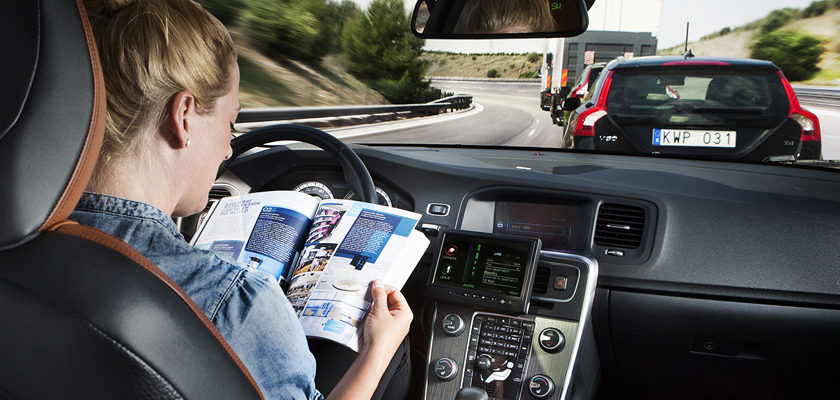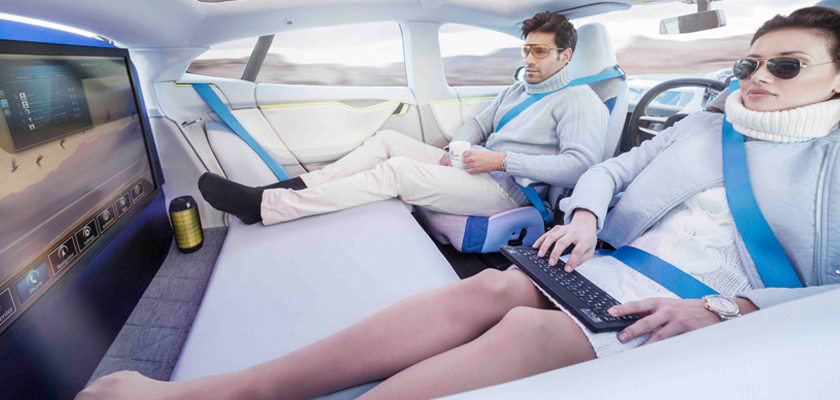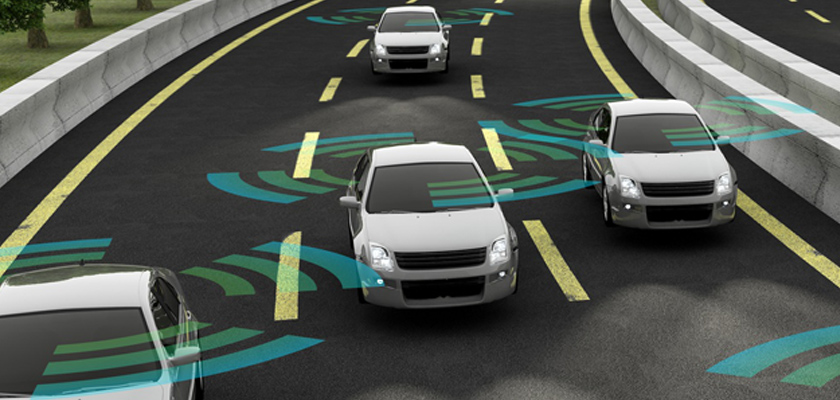Self-driving cars have been an invention 100 years in the making. Since at least the 1920s, automobile manufacturers have experimented with vehicles that drive themselves.
Today, autonomous vehicles are a reality – but at what cost? Take a look at some of the UX design challenges still plaguing these groundbreaking innovations, and what developers are doing to overcome them.
Examine the Significant UX and UI Design Issues Driverless Cars Face
Driver trust is one of the main UX issues that autonomous vehicles face today. Driving is already a risky task, with thousands of fatalities in vehicle accidents every year. Trust is not something that driverless vehicles will gain easily. Trust is not the only UI/UX design issue, however.
Several UX problems serve as probable bumps in the road for self-driving cars. Although the technology is developing at rates previously thought impossible, integration has been far from seamless. The main concerns deal with questions such as:
• Can cars safely drive themselves?
• Are humans ready to trust self-driving cars?
• Are designs inspiring trust in drivers?
As you can see, trust is the main issue on the minds of UI/UX developers. It is critical for the design to be safe and reliable, but it must also win over wary drivers.
Developers can perfectly optimize driverless technology, but without users willing to use these vehicles, the future of this tech is bleak.
It is up to UX and UI designers to tackle challenges that may bar widespread adoption of driverless smart cars, and come up with solutions that are both safe and that foster trust in the technology.
Explore the Connection Between User Trust and the Autonomous Vehicle
Safety is the primary issue that currently surrounds driverless vehicles. If every vehicle on the road transitioned to fully autonomous, it could eliminate car accidents forever. This utopian future, however, could be decades in the making – if it comes to fruition at all.
Research has uncovered weaknesses in the designs of driverless automobiles, especially when it comes to cultivating operator trust. This could prove to be a problem that UI/UX developers have a hard time solving.
In driverless design tests, users consistently cite fears and inhibitions in handing over control of the vehicle to a machine. Part of the problem may be driverless cars already wreaking havoc around the country. Several autonomous vehicle accidents have already occurred, including one fatal crash with a self-driving Tesla.
If users don’t trust self-driving cars, the technology will be unusable. At the same time, too much trust can lead to complacency, and a dangerous misuse of the technology. The question, then, is how to foster just the right amount user trust. This is where careful UX design strategies come in.

UI (user interface) and UX play large roles in the technical challenges of self-driving cars. It is the designs of these vehicles that hold the key to widespread acceptance.
To solve challenges relating to trust and safety in driverless vehicles, researchers are focusing on drivers’ operation styles and different automation levels.
The Multidimensional Driving Style Inventory (MDSI) – a self-report driving style questionnaire – is a recently validated way to measure driving styles.
Consider Five Main Driving Styles in Autonomous Vehicle UX Design
A study of the MDSI by Huysduynen and associates found five main driving styles that are important in considering the design of driverless vehicles to foster just the right amount of driver trust.
UX designers can take the following five factors and use different strategies to create autonomous vehicles that all drivers will feel comfortable using:
1. Risky driving
Some drivers may trust autonomous vehicles too much, and use them to drive faster than they normally would or follow too closely. However, fully automated vehicles pervading the market could also increase the safety of drivers who have risk-seeking tendencies.
2. Anxious driving
To placate those with an anxious driving style, UX designers need to identify the common sources of anxiety regarding driverless vehicles. This again appears to go back to trust. Trustworthy driverless vehicles could resolve anxious driving by eliminating the need for drivers to feel nervous about poor driving skills.
3. Dissociative driving
These drivers are prone to making mistakes in vehicle operation, due to inexperience or unintentional slips. To design for this driving style, UX developers might consider brain-computer interfaces that can glean information from the driver’s brain and make real-time changes.
4. Distress-reduction driving
This driving style is closely related to the user experience in autonomous vehicles. Designers need to provide relaxation to drivers in fully autonomous driverless vehicles.
This might require space in the vehicle for passengers to sleep, listen to music, watch videos, play games, and even perform activities like light yoga.
5. Careful driving
To fulfill the motivation of the careful driver, designers need to come up with more effective roadway monitoring interfaces. Vehicles should not only adapt to roadway hazards, they should notify passengers of them for peace of mind.
Careful drivers want complete monitoring mechanisms rather than distractive ones.
Designers must embrace drivers’ individual differences to secure better UX – just as website designers today must focus on personalization to optimize the user experience. This does not mean different levels of autonomous vehicles for different consumers.
This would be more dangerous than a universal system. It does mean, however, that designers should emphasize certain aspects of automation to recognize users’ fears and mistrust of driverless cars.
It is a careful balance that serves as one of the main challenges inhibiting widespread adoption of autonomous vehicles today.

Discover Potential Solutions to Driverless Vehicle Challenges
UX designers involved in the creation of self-driving cars may hold the solution to these questions and other concerns for the future of autonomous vehicles.
An interview with Pascal Soboll, head of Daylight Design Europe, gleaned insights into current user experience problems, based on his first-hand experience with self-driving vehicle designs.
Soboll gave his professional opinion of how UX design could influence the future of driverless cars. He offers three main design tips:
1. Adequate communication with passengers
The average consumer is not ready to get into a vehicle and trust it 100 percent. Soboll believes that passengers behind the wheel will still require some kind of signal that the computer is functioning and that it sees potential safety hazards, such as a merging vehicle.
He says, “Before cars of the future can become our pilots, they need to prove themselves as our co-pilots.”
2. Manual controls, at least in the beginning
The transition from driver to passenger is not an easy one for most people. It’s a brand-new experience and set of systems that may take time for drivers to fully feel comfortable with.
Soboll recommends combining automation with manual controls to ease the minds of drivers, at least until driverless vehicles gain more trust.
3. Small steps toward total self-driving
The automotive industry is on the brink of changing forever. Hasty adoption, however, could ruin the user experience and taint the idea of driverless vehicles. UI/UX design will take years to fully transition driving into a digital experience that users will desire.
Technology has caught up with imagination in the world of autonomous vehicles. It’s no longer a question of “if,” but of “when.” Widespread integration of driverless vehicles, however, is not a guarantee.
It will take prudent UX and UI design, performance tests, and redesign to achieve autonomous vehicles that not only operate safely, but that encourage consumer trust and use.
The future of driverless cars can be bright with help from smart UX design.


